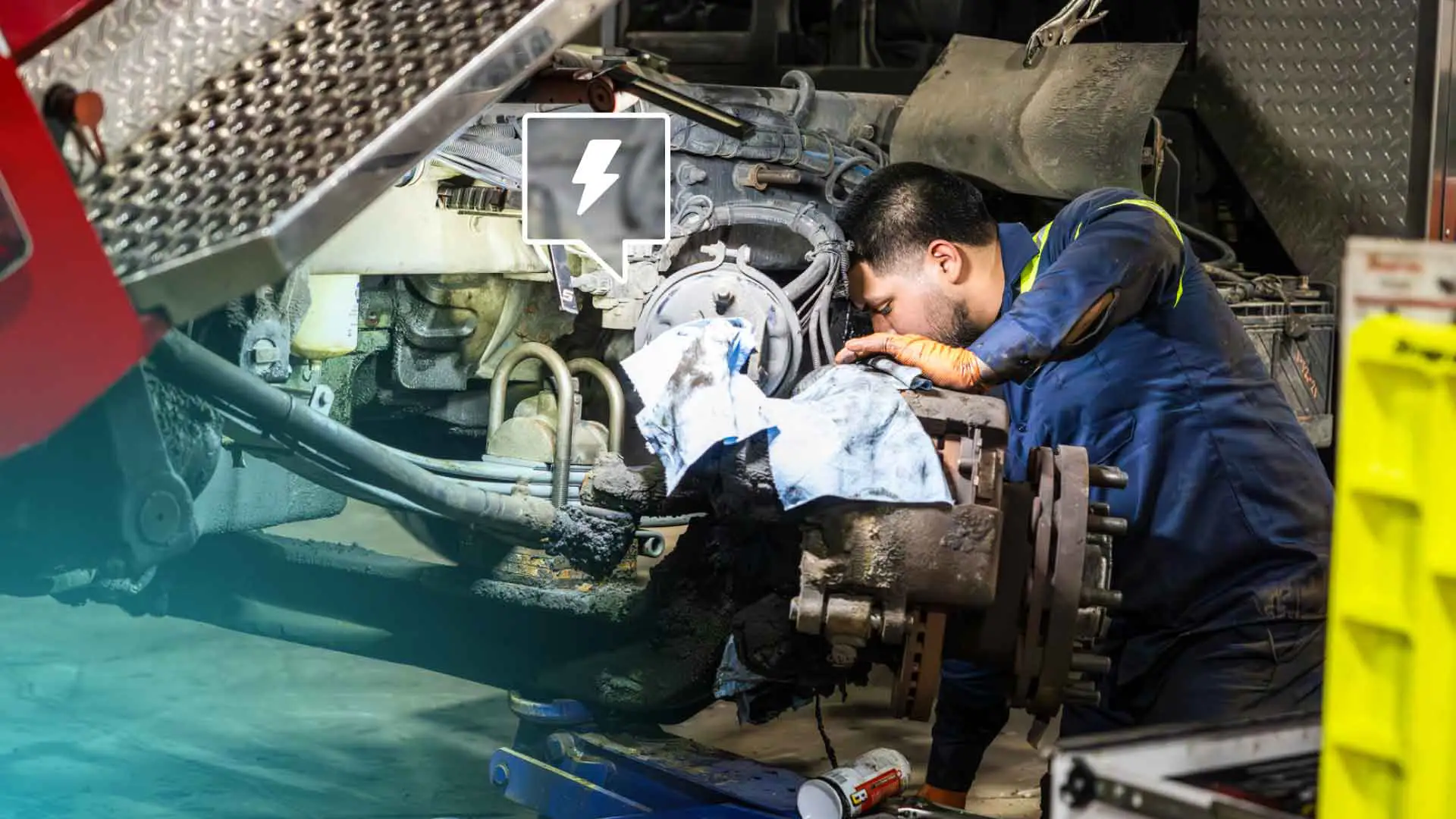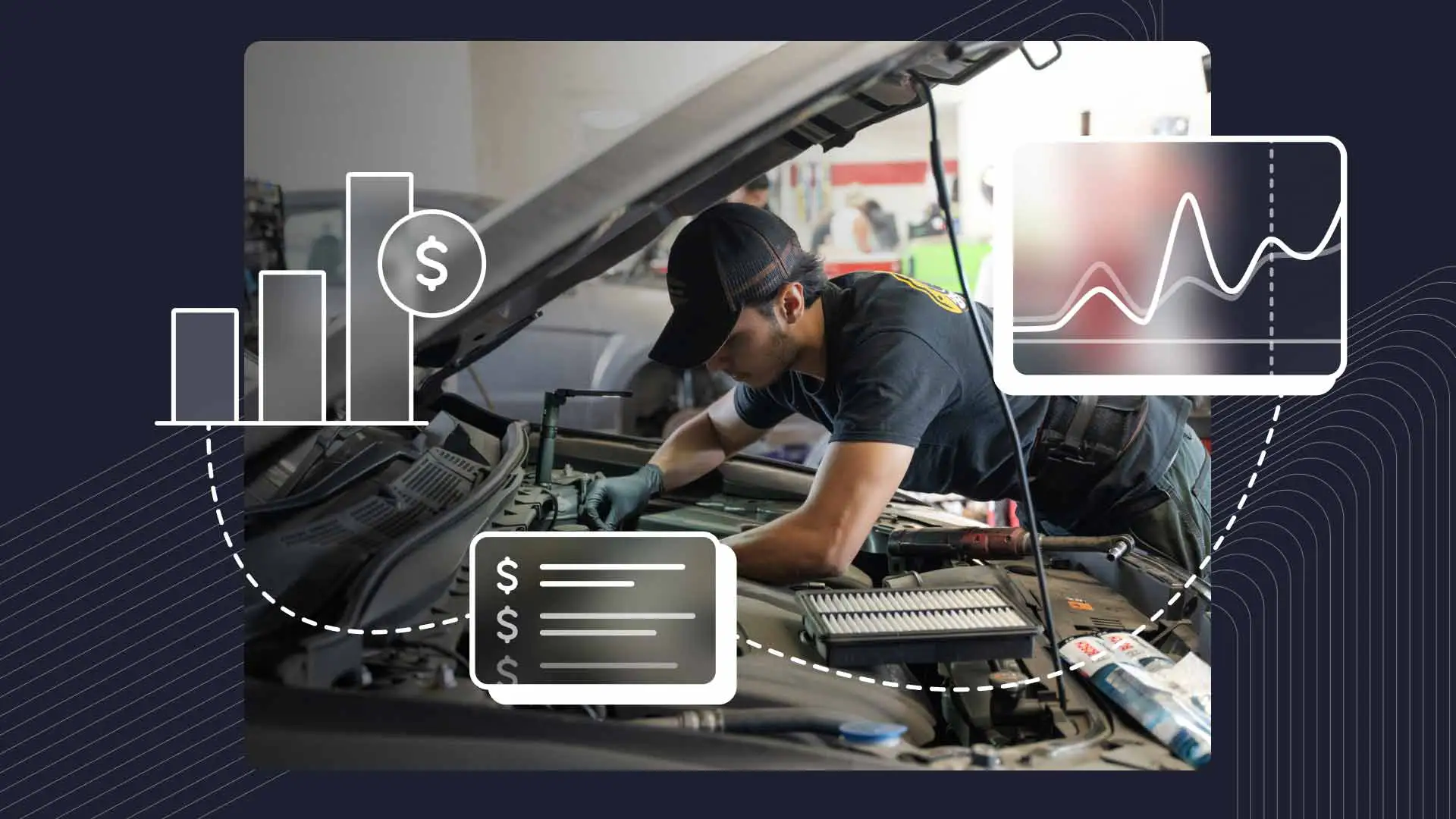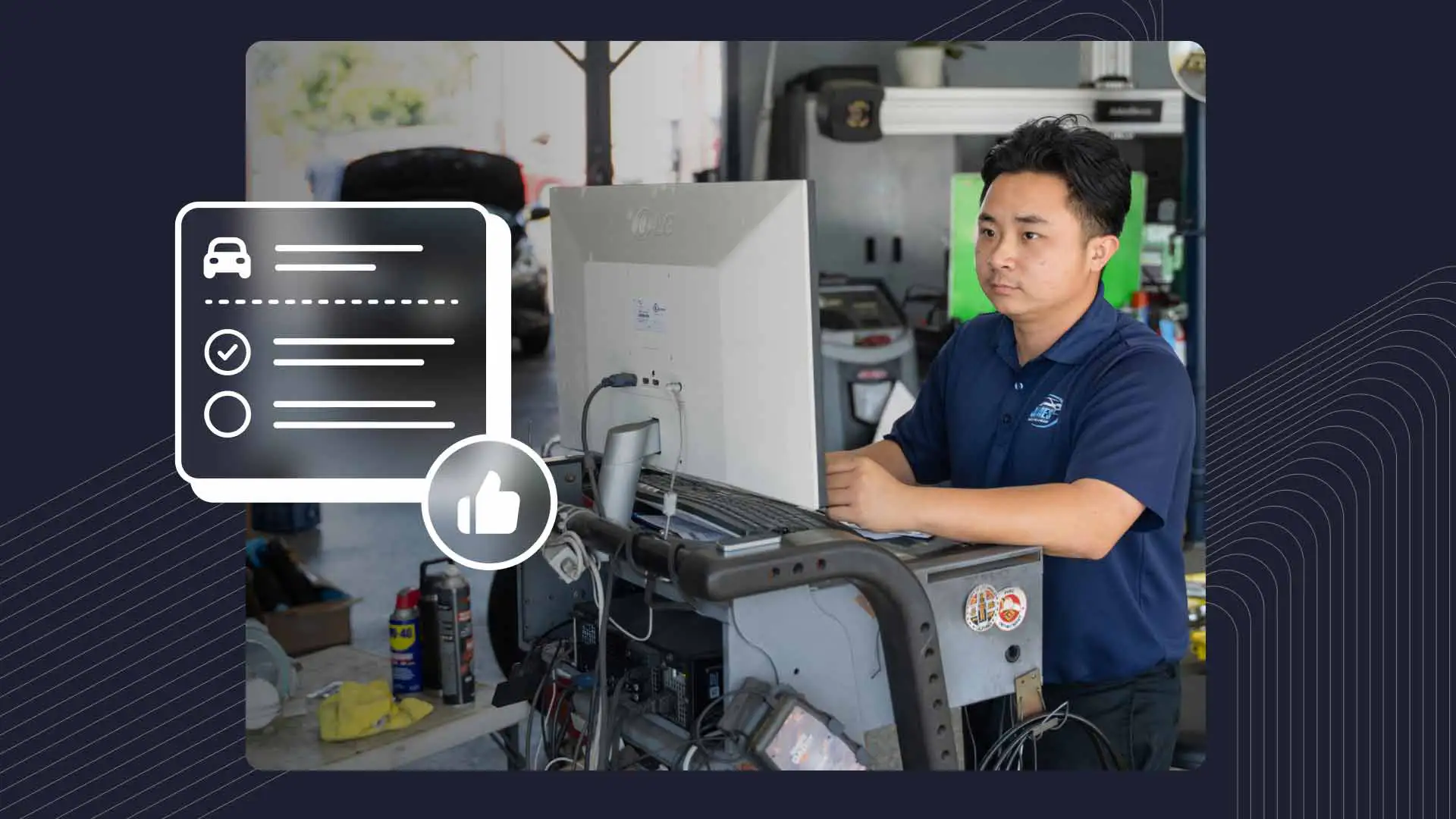Keeping heavy-duty trucks on the road is all about precision timing and reliable schedules–every minute of downtime translates directly to lost revenue.
At the heart of these powerful rigs lies the fuel system–the lifeline that keeps engines operating at peak efficiency. When fuel systems stumble, the ripple effect spreads far and wide: stalled deliveries, potential engine damage, and repair costs that can flatten the bottom line.
And that's precisely why staying on top of fuel system maintenance is so important. So, let's explore five common trouble spots for fuel systems and how to address them to keep heavy-duty truck engines running like clockwork.
1. Fuel Contamination
Bad fuel can wreak havoc on an engine. Anything from water to dirt to microscopic bugs could creep into the fuel tank and cause major problems. These contaminants clog up filters, eat away at parts, and can even destroy an engine if they get deep enough into the system.
How does this happen? It may be as simple as condensation accumulating in the tank when temperatures change. Or, dirt and debris could sneak in during refueling, especially if the fuel cap isn’t tight enough. There’s even a slimy, smelly, microbial contamination known as “diesel bug” that can clog up the fuel tank and/or engine. Any of these can be serious problems. For example, excessive water in the fuel can damage injectors, cause parts to rust, and compromise fuel pumps.
To keep contamination at bay, regular inspections are a must. Fuel additives that break down water can help, too, as can fuel water separators. Make sure fuel caps are on tight, and stick to reputable fueling stations that maintain their tanks. If you do find contamination, draining and refilling the tank often fixes the problem before it can escalate.
2. Fuel Filters
Fuel filters keep dirt and other junk out of the engine. Most heavy-duty trucks use multiple filters–primary, secondary, and sometimes a finer one for the smallest particles.
Over time, these filters can get clogged. When that happens, the truck may have trouble starting, or experience rough idling, poor acceleration, or engine stalls. Low fuel pressure is another sign that fuel filters may be congested.
Fortunately, the fix is pretty simple: Check the filters regularly and change them out as needed. While many modern trucks have on-board warning systems for filter issues, don’t rely on them exclusively. A quick visual inspection may very well catch something those systems missed. If you think a filter might be clogged, a simple fuel pressure test can confirm whether it’s the filter or something else.
3. Fuel Injectors
Fuel injectors deliver the exact amount of fuel to the engine at exactly the right time. In heavy-duty trucks, they can be either mechanical or electronic. Mechanical injectors are controlled by hydraulic pressure, while electronic ones are controlled by more precise electronic signals.
It’s not uncommon for injectors to get clogged or stuck, or even spring leaks, which can result in misfiring, rough idling, or decreased fuel economy. Or, you may notice a sudden spike in emissions. This is where diagnostic tools come into play. A scan tool can pull codes to pinpoint which injectors are struggling, while an injector tester shows if the fuel pressure is off.
The best way to avoid injector problems is to keep them clean from the start. Regular maintenance and good quality fuel make a huge difference. Some fleet owners even swear by professional cleaning services. Even just using the right fuel additives between services helps injectors spray on schedule.
4. Fuel Pumps
Fuel pumps keep fuel moving from the tank to the engine, and heavy-duty trucks usually have a few types: Lift pumps pull fuel from the tank; transfer pumps maintain a steady fuel supply; and high-pressure pumps pressurize the fuel before sending it to the injectors. They all work together, too, so if one goes down it can be curtains for the whole system.
Fuel pump problems run the gamut from low pressure to cavitation to complete failure. Low fuel pressure can cause engine hesitation or stalling, or produce misfires or backfires. Cavitation, or the formation of air bubbles in the pump, can accelerate wear and tear. Worst-case scenario, if the pump’s a goner it won’t supply any fuel at all. One early warning sign: If you hear a whining sound, the pump may be in trouble.
When filters get clogged, the pumps must work harder than they should, so keep those filters clean. Checking fuel pressure can tell you if pumps are floundering. If they are, the best option may be replacement. Just be sure to replace them with good OEM or high-quality aftermarket pumps–they’re more reliable and longer-lasting.
5. Fuel Lines
Fuel lines carry fuel safely from the tank to the engine. It’s a straightforward job, but in tough conditions lines can develop leaks, corrode, or get clogged up. Even the best rubber and plastic lines will eventually break down.
Regularly inspecting fuel lines can save you a lot of grief. Look for signs of wear and tear, like visible cracks or rust spots. Keep an eye out for fuel seepage around connections, too. And pay attention to your fuel pressure readings–they’ll tell you if leaks or blockages may be starving the engine of fuel.
Replacing fuel lines before they fail isn't terribly expensive, especially compared to the problems they can cause if they break. That said, using high-quality lines and fittings from the start is well worth the investment.
Keep it Flowing Freely
Taking care of a heavy-duty truck's fuel system isn't complicated. But it does require regular maintenance to keep those machines humming. Staying on top of the usual suspects–contamination, clogged filters, worn injectors, faulty pumps, and leaky lines–goes a long way in preventing expensive breakdowns and repairs.
To get your shop running like a well-fed engine, check out Shopmonkey’s best-in-class truck repair shop software. It’s designed to help track maintenance, manage repairs, and streamline customer communication all on a single platform. Ask for a demo today.




